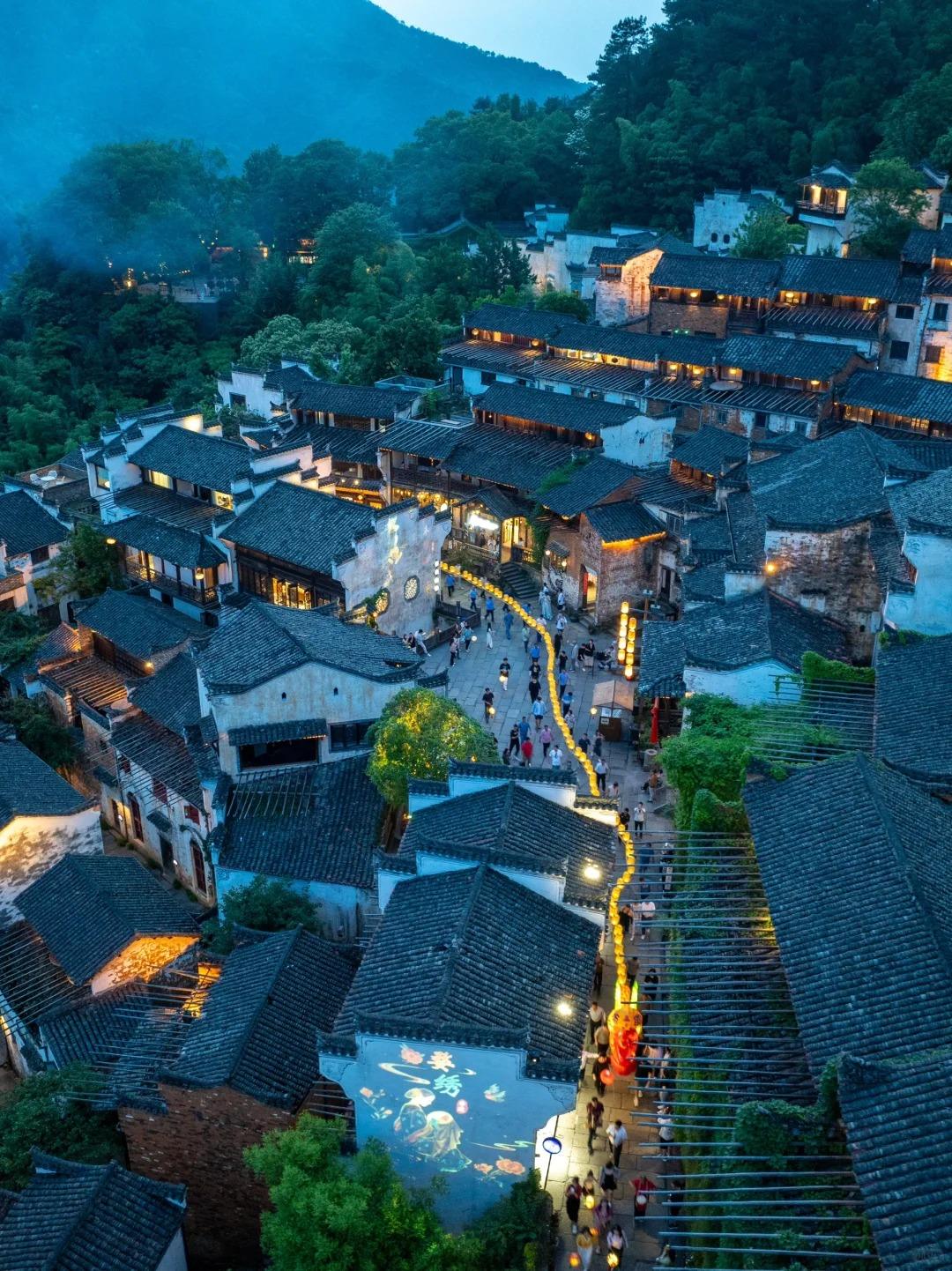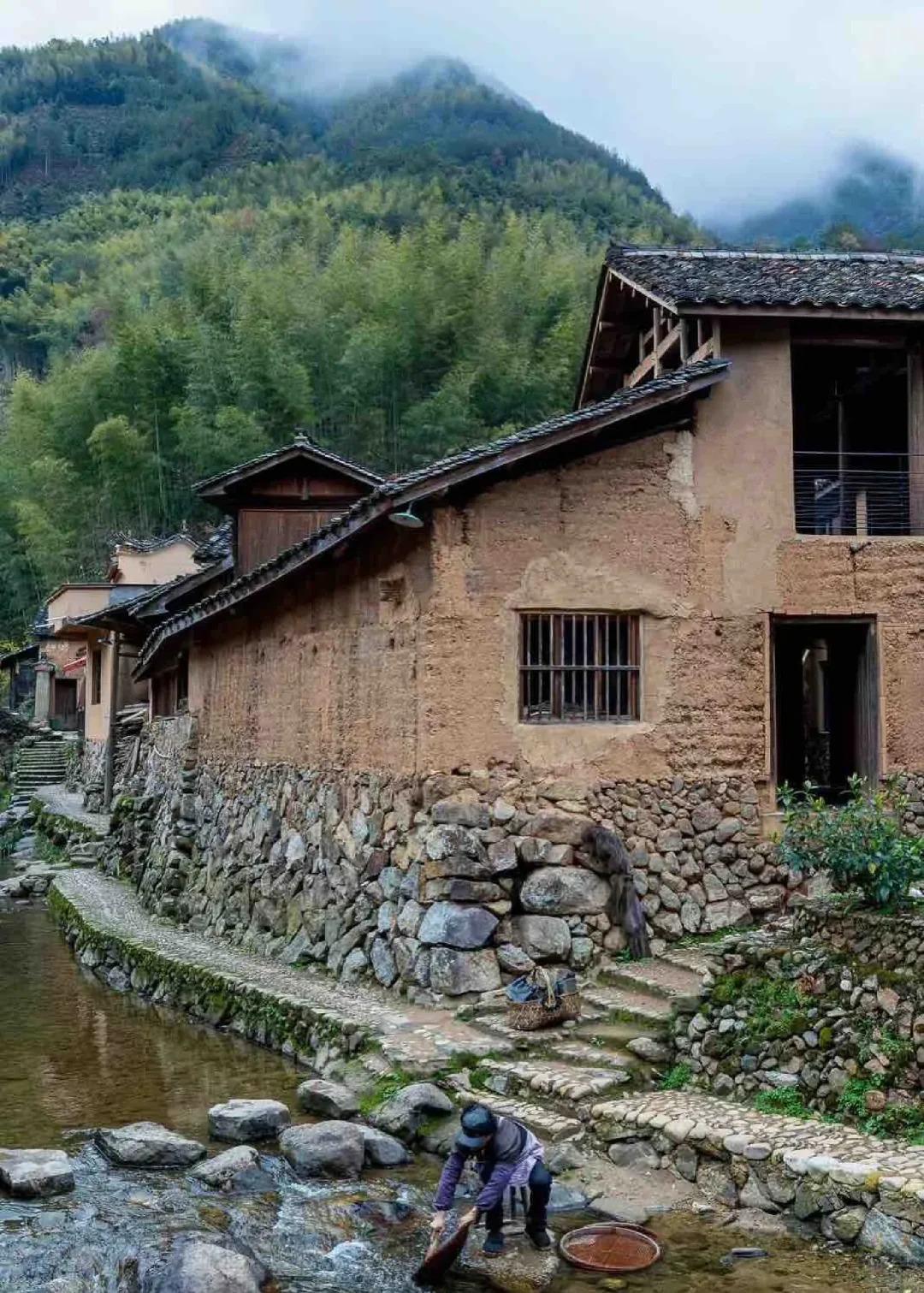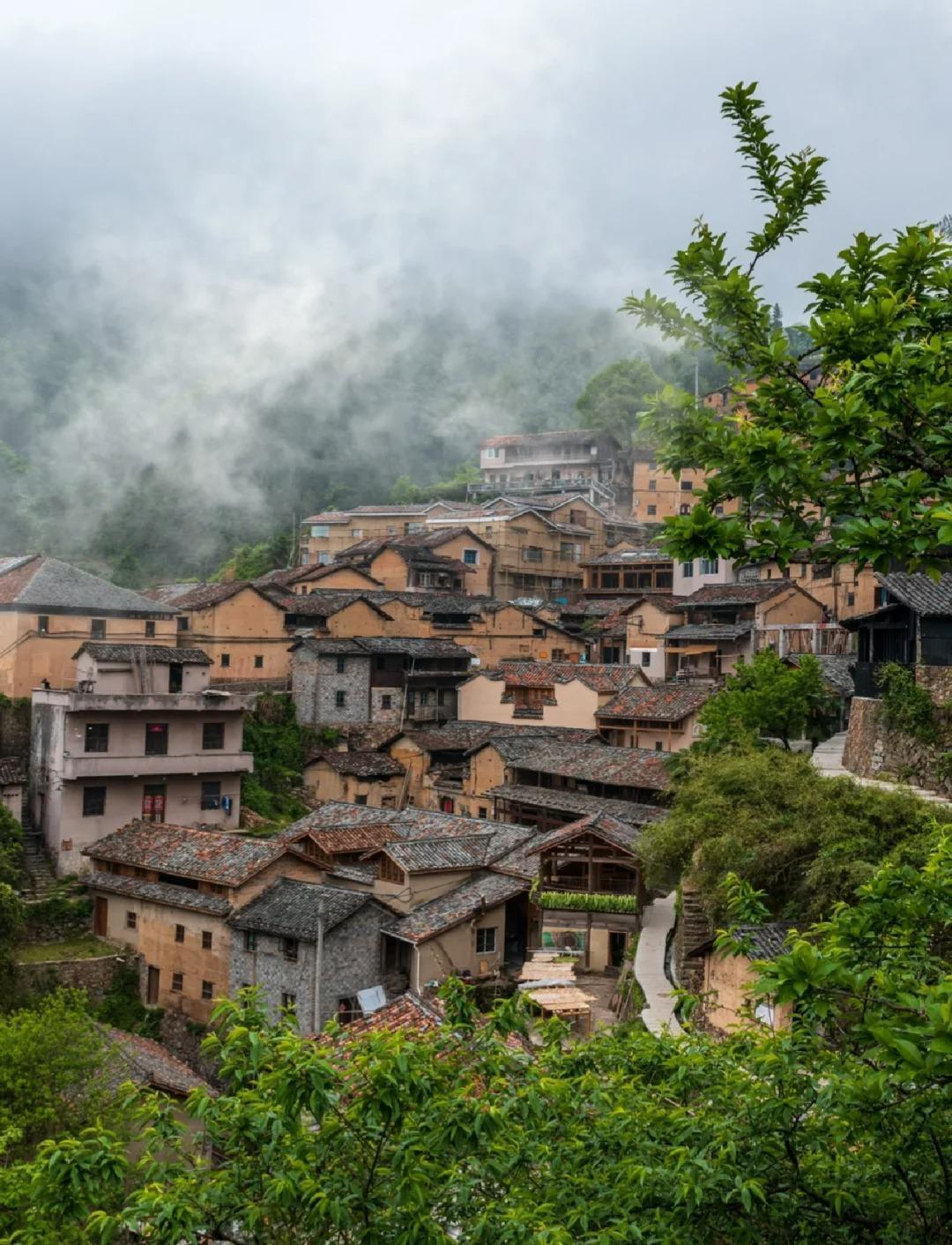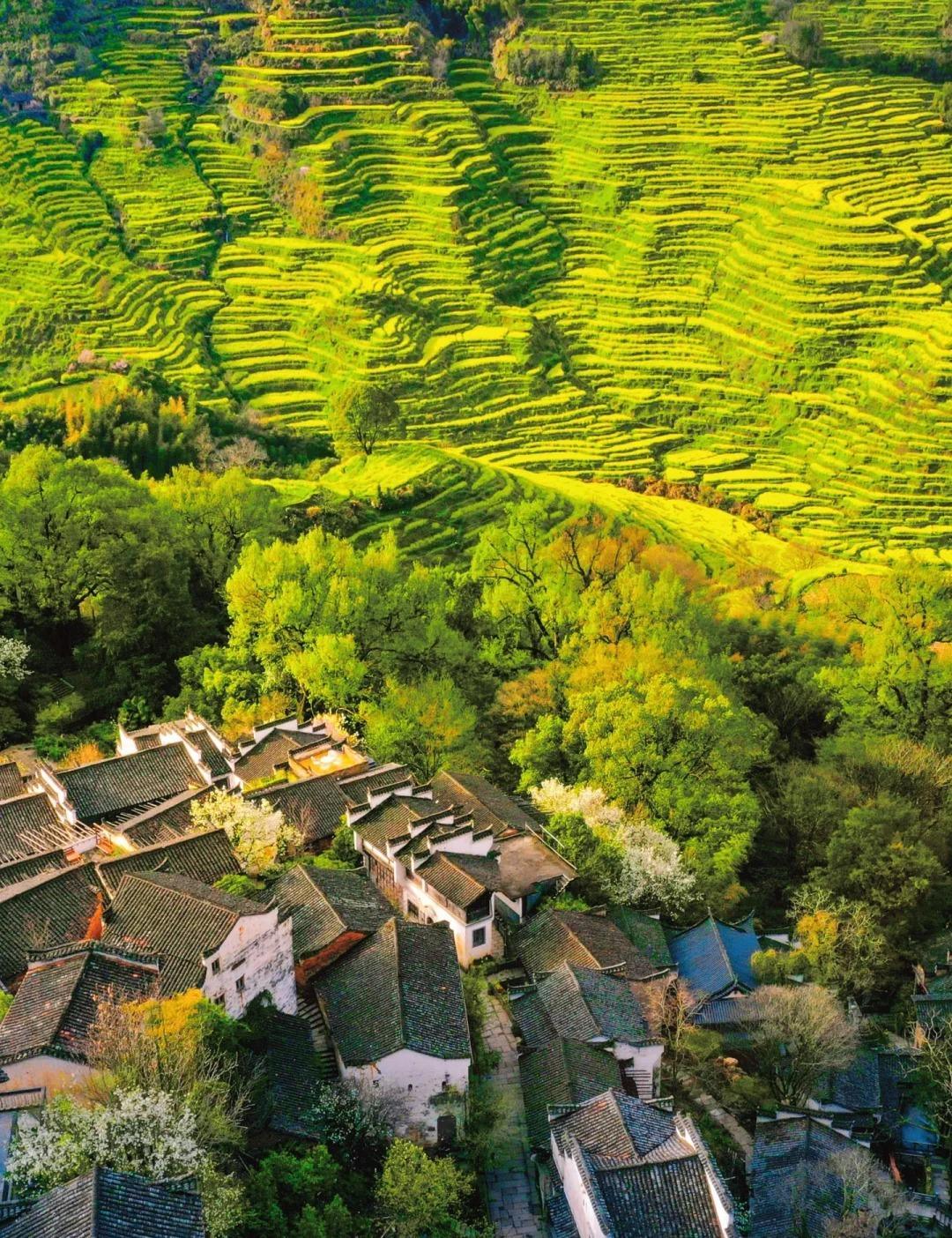Introduction to Chinese Villages
Chinese villages are the beating heart of rural China, offering a glimpse into the country’s rich cultural tapestry and agrarian roots. These settlements, scattered across China’s vast landscape, range from ancient hamlets frozen in time to rapidly modernizing communities.
The diversity of Chinese villages is astounding, reflecting the country’s varied geography and ethnic makeup. From the terraced rice paddies of Yunnan to the stone houses of Shanxi, each region boasts its unique village characteristics.
Today, Chinese villages stand at a crossroads between tradition and modernity. While some embrace development, others strive to preserve their historical essence, creating a fascinating dichotomy that defines rural China in the 21st century.

Historical Evolution of Chinese Villages
Ancient Origins
Chinese villages trace their roots back thousands of years, with some settlements dating to the Neolithic period. Traditional village layouts often followed principles of feng shui, emphasizing harmony with the natural environment.
Dynastic Influences
Each dynasty left its mark on village structures. For instance, the Ming and Qing dynasties saw the proliferation of clan-based villages, centered around ancestral halls and family compounds.
Modern Transformations
The 20th century brought dramatic changes:
- 1950s-1970s: Collectivization under Mao Zedong
- 1980s onwards: Economic reforms leading to rural-urban migration
- Present day: Efforts to revitalize rural areas while preserving cultural heritage

Types of Chinese Villages
| Village Type | Characteristics | Notable Examples |
|---|---|---|
| Agricultural | Surrounded by farmland, focus on crop cultivation | Hongcun, Anhui Province |
| Fishing | Located near water bodies, reliant on aquatic resources | Daxu, Guangxi Province |
| Ethnic Minority | Preserve unique cultural traditions and architecture | Xijiang Miao Village, Guizhou Province |
| Ancient Towns | Well-preserved historical settlements | Pingyao, Shanxi Province |
Architecture and Layout
Chinese village architecture is a testament to regional diversity and adaptation to local conditions. Some notable styles include:
- Hui-style Architecture: Found in Anhui province, characterized by white walls and black tile roofs
- Hakka Tulou: Fortress-like earthen buildings in Fujian province
- Naxi Dwellings: Wooden structures in Yunnan with intricate carvings
Common elements across various village types include:
- Ancestral halls for clan gatherings and ancestor worship
- Local temples dedicated to folk deities
- Central squares or marketplaces for community activities
Village layouts often reflect practical considerations such as defense, water access, and agricultural needs, while also incorporating traditional beliefs like feng shui.

Village Life and Culture
Daily life in Chinese villages revolves around agricultural cycles and time-honored traditions. Farmers rise early to tend to crops or livestock, while artisans practice traditional crafts passed down through generations.
Local festivals punctuate the rural calendar, offering a glimpse into China’s intangible cultural heritage. These may include:
- Spring Festival celebrations
- Mid-Autumn Festival gatherings
- Local harvest festivals
However, village demographics are changing rapidly. Young people increasingly migrate to cities for education and job opportunities, leaving behind an aging rural population. This shift poses significant challenges for the future of traditional village life.

Famous Chinese Villages for Tourists
Several Chinese villages have gained international recognition for their historical or aesthetic value:
- Hongcun and Xidi: UNESCO World Heritage sites in Anhui, known for Hui-style architecture
- Wuzhen: A picturesque water town in Zhejiang province
- Xijiang Miao Village: The largest Miao ethnic village in China
When visiting these villages, tourists should:
- Respect local customs and privacy
- Support local businesses
- Be mindful of photography, especially in ethnic minority areas

The Future of Chinese Villages
The Chinese government has launched ambitious rural revitalization initiatives aimed at:
- Improving infrastructure and living standards
- Promoting rural tourism and cultural industries
- Encouraging young people to return to their hometowns
These efforts seek to balance modernization with cultural preservation, a delicate task that will shape the future of China’s rural landscape.
Rural tourism presents both opportunities and challenges. While it can bring economic benefits, there’s a risk of commercialization eroding authentic village experiences. Sustainable tourism models that prioritize community involvement and cultural integrity are crucial.
As China continues to develop, its villages remain crucial links to the country’s past and potential bridges to a sustainable future. For travelers, these rural communities offer unparalleled insights into the soul of China, beyond the glittering facades of its modern cities.






